Checklist for Bath Chairs
Name, DOB, Demographic info including height and weight
Primary diagnosis and related diagnoses
Medical history:
Make sure to describe complex diagnoses, include spinal abnormalities.
Functional mobility:
Primary means of mobility, ability to transfer, sit, stand, ambulate and assistance required. If assistance is required with transfers, how much assistance? How does tone, spasticity, paraplegia, contractures, etc. effect the child’s ability to maintain upright sitting. (How does this effect their safety with sitting on a standard bath chair). While sitting can the child reach outside of their base of support? How much additional assistance is needed? Does this child have spinal abnormalities like scoliosis? What other equipment does the child have and was it purchased by insurance?
Current situation:
How is the child taking or given a bath currently? What type of equipment are they using?
Is the family just getting a larger size of what they already have? Explain why it is working and if it is not a less costly alternative explain why that bath chair is the most appropriate.
Is the family holding the child during a shower? Mention SAFETY!
Is the family picking up and lifting the child up and over the bathtub? Talk about SAFETY!
Explain the family’s routine - where is the child getting undressed, dried off and dressed again (is the family carrying the child to and from rooms while the child is wet? SAFETY!)
How many days per week is the child getting a bath? How long does each bath usually take? How much assistance is required during the bath? Is the parent trying to hold the child up and simultaneously give them a bath?
If the HTS chair: What is the child’s bowel and bladder routine? How long does it take?
Trial period or improvements with supported sitting:
Typically bath chairs do not need to be trialed if your documentation and discussion of less costly alternatives provides enough information. Insurance will always look for an HTS chair to be trialed (with clothes on). Make sure to discuss how the child requires and will benefit from added support while seated during bathing and that the child is able to tolerate sitting.
What are you requesting and describe why you need all added accessories:
Specific name of bath chair, size and all accessories. Examples:
Chest strap: “is required as XXX demonstrates poor trunk control and requires maximal assistance to remain upright.”
Leg strap: “this is necessary as XXX demonstrates LE spasticity and extensor tone, the leg straps will help keep XXX safely positioned on the chair and avoid sliding out of it.”
Tub stand: “this is required as this bath chair on the standard based sets very low in the bathtub, the tub stand will raise the child to 16 inches which will improve positioning and body mechanics for caregivers during transfers and while bathing XXX.”
Transfer base: “this is required as it will eliminate the need to lift XXX up and over the bathtub, in and out of the chair. The transfer base would make for improved safety with transfers and significantly decreasing the risk for falls for XXX and his/her caregivers.”
What other less costly alternatives have been considered but ruled out:
Examples: standard pediatric bath chairs like the My Bath Seat and the Angelcare Soft Touch Floor Seat (They are only appropriate for children who can remain sitting without external support), a standard bath seat or transfer bench (does not provide adequate support and aide in positioning, these would be unsafe to use), laying in the bath tub (not safe for transfers and transitions, at risk for injury both the child and caregiver), caregiver holding child during a shower (not safe for caregiver or child, increased risk for falls and injury, difficult to perform all tasks without a second person assisting).
